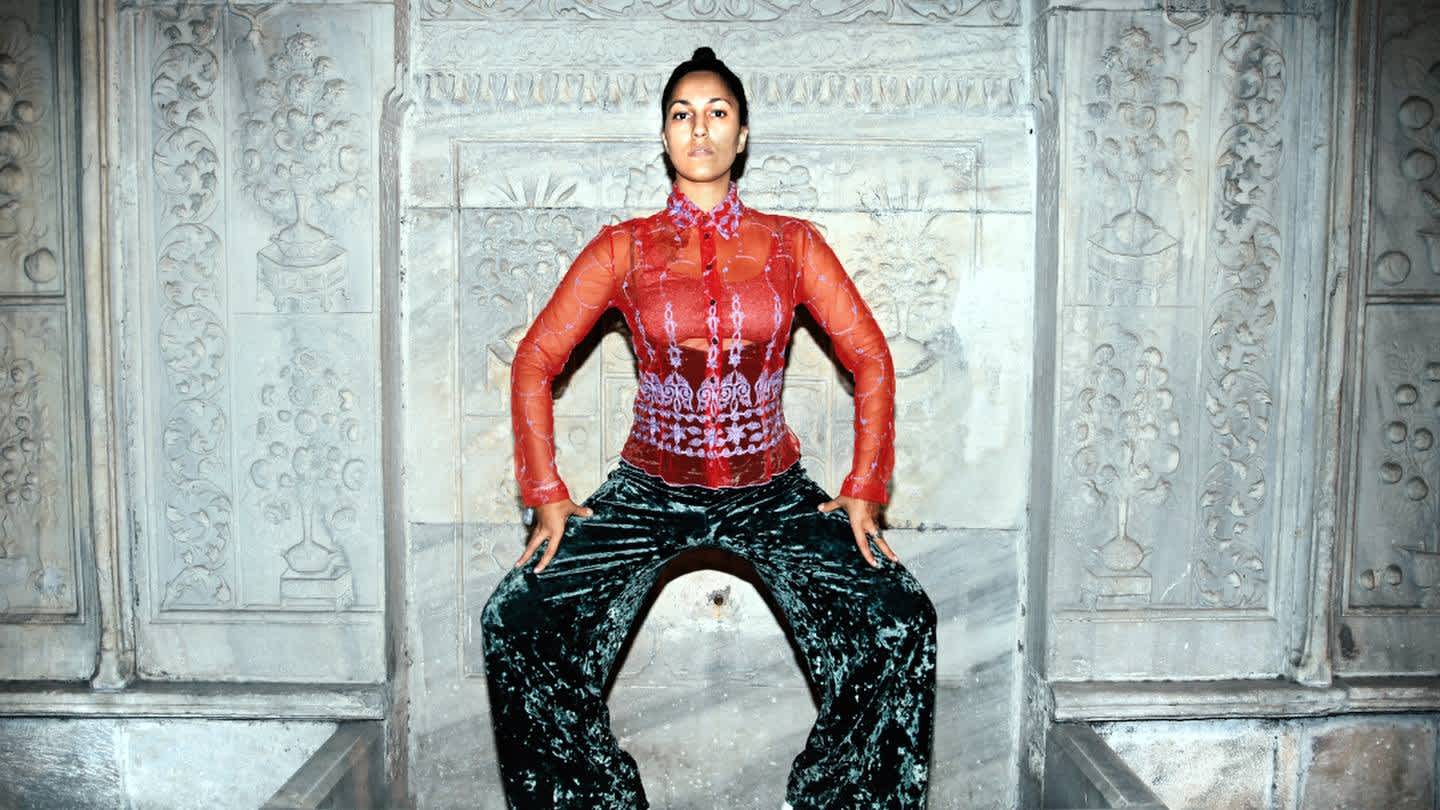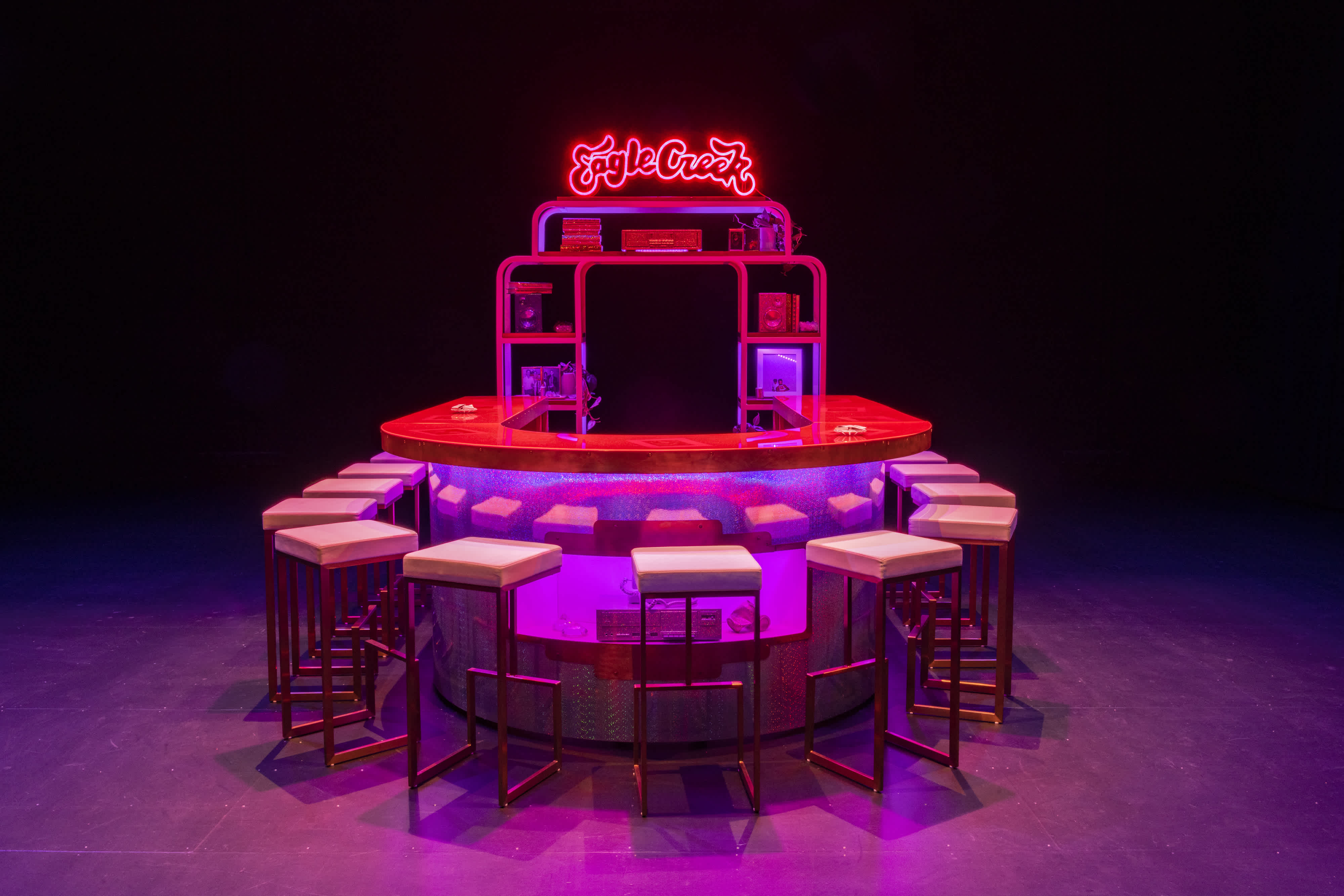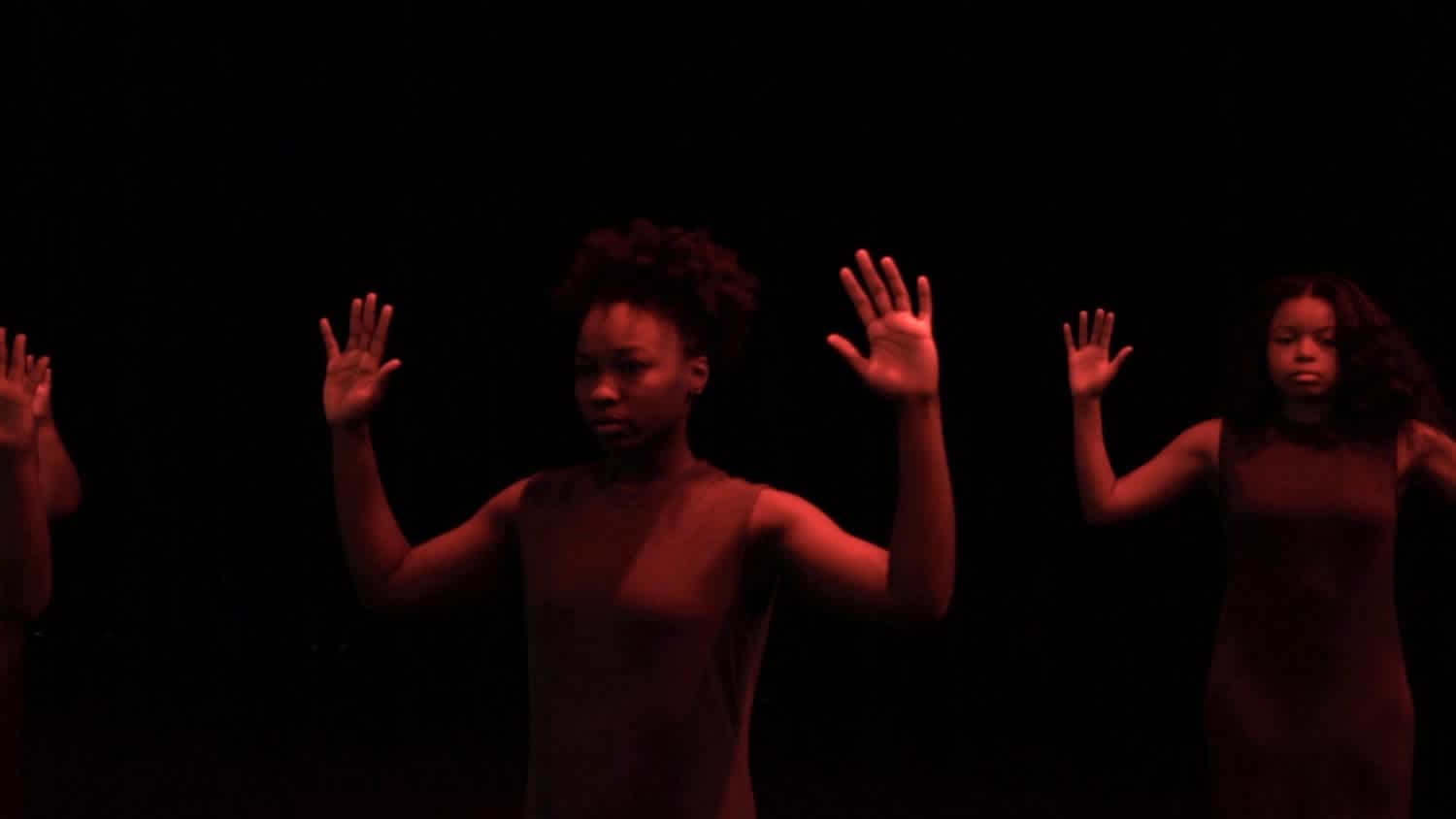
On View: April 27
This Video Viewing Room features three films titled Collective Amnesia: In memory of Logobi (2018–2022), HYPERFATE (2022), and GROTESQUE: They make beautiful things about ugly people (2023) by Christelle Oyiri, an interdisciplinary artist, DJ, producer, and performer of mixed origin–Ivorian, Guadeloupean, and Martinican–born in the Paris region.
Christelle Oyiri: OBLIMEMBER is organized by Angelique Rosales Salgado, Curatorial Assistant.
This presentation is accompanied by a new text written by Angelique Rosales Salgado. Collective Amnesia: In memory of Logobi (2018–2022) will be available to view through the end of the calendar year, HYPERFATE (2022) will be on view through May 11, 2023 and GROTESQUE: They make beautiful things about ugly people (2023) will be on view through July 31, 2023.
Who haunts the gaps in history? How deep are they? If we find an opening and plunge into it, do we fall against the rhythm of memory? Can the archive, too, become a haptic technology?
history/mystery/periphery/party (1)
Christelle Oyiri’s triptych OBLIMEMBER brings us into a mode of presence that makes demands about the dialectics of erasure and remembrance. Combining film, sound, performance, and sculpture, the artist explores the legacies and avant-gardism of underground movements within the milieu of the Black, French working class. Her research-based practice focuses on the tonalities, textures, and visual vernacular of music, art, and popular and youth cultures within and outside the African diaspora. Collective Amnesia: In Memory of Logobi (2018–2022) celebrates the forgotten history of Logobi—an Ivorian folk dance originating from the streets of Abidjan, Ivory Coast that emerged in Paris’s banlieues (suburbs) among Black French youth in the late 2000s through the early 2010s. Its accelerated speed and movements draw from the art of bluffing and miming. The dance rarely existed inside club spaces: instead, crews would organize their own dance battles and perform in public spaces like subway stations, malls, or streets. Across sites, kids were creating their own ecosystems by loosely documenting their engagements online via Skyblogs, the French equivalent of Myspace, or by way of “info-cybers”—ad hoc databases compiling Logobi tracks and dancers’ profiles.
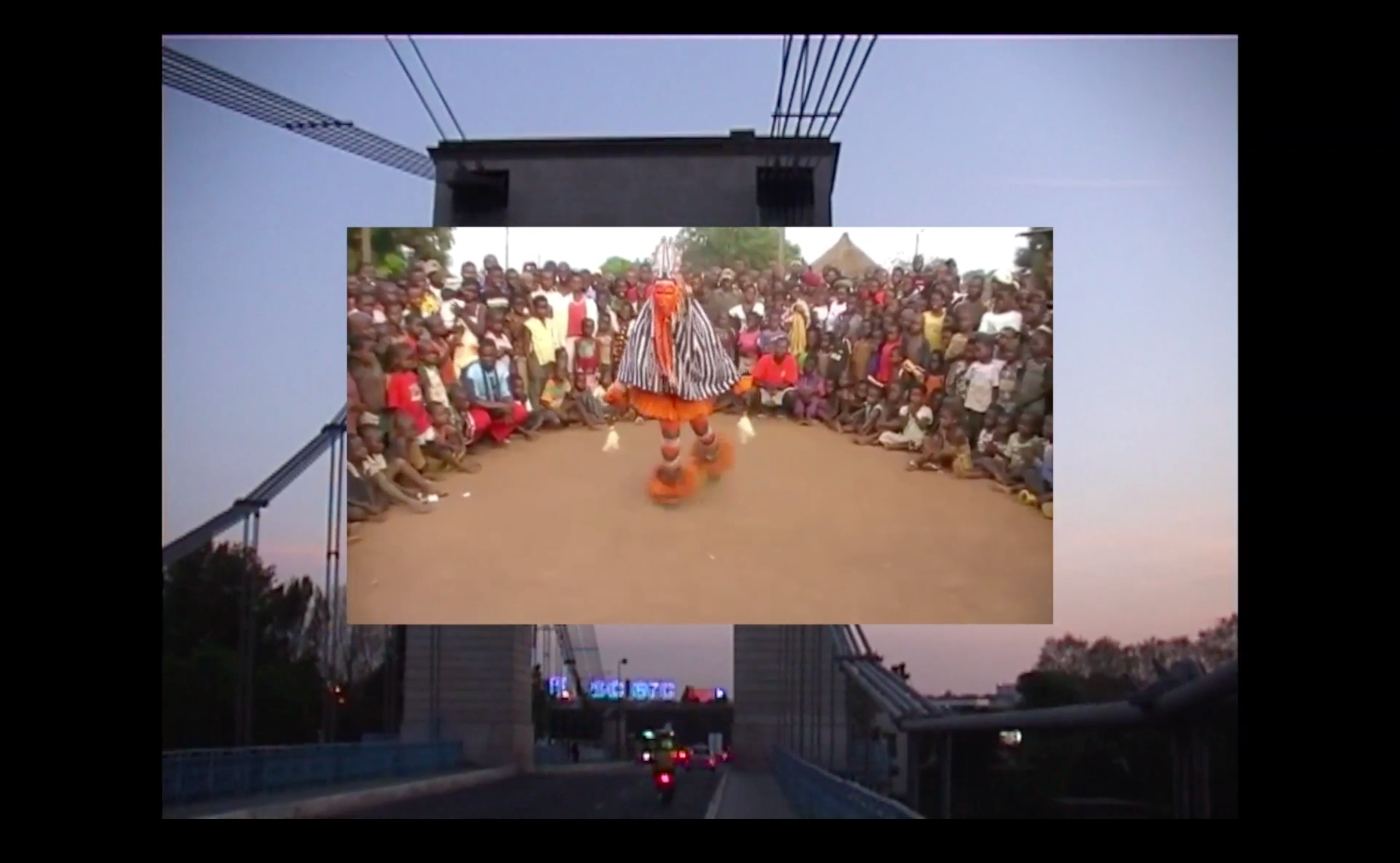
Oyiri’s film rediscovers Logobi using 3D animation, found footage, and staged scenes in a fictional story of a girl who loses her memory and finds cues from her past within art, sorcery, music, and a newfound friendship with another young immigrant person. Sonically, Logobi is a hybrid combination of frenetic tecktonik/hard-tech sound and coupé-décalé, an Ivorian-French musical genre started by Douk Saga that emerged in the midst of the Ivorian political crisis and civil war. Oyiri dynamically embeds coupé-decalé—thematically a juxtaposition of raging optimism and hedonism—throughout her sonic and performance practice. For each of her films, the artist composes an accompanying score. Her propulsive use of music as a medium shapes the silence and voices of her characters, the architectures of her digital animation, and her hybrid use of language. In turn, Oyiri contemplates the erasure of Black French contributions to music and club culture, reflecting her own multi-modal ethos of maximalism within her long-standing investment in music production and DJing.
The sound folded itself, folded you up, handed you around
in a common sound/note/cluck thrusted out the mouth by the tongue. It threw you out sometimes and you ran back in. Dropped off by the wind sometimes it climbed up in your ear.
The sound you can be in and on top of and wrapped up by and wrapped in and swaddled and thrusted through. The sound can sit between us mean as all out doors. The sound can take your breath away, as in reach down and inside and snatch it out of you––some cored vessel you become. But the resonance still lingering in your toes, felt and no longer heard. (2)

Developing her own methodologies of archiving, Oyiri disrupts the spinning pinwheel of nostalgia. HYPERFATE (2022), in the artist’s words, is a visual memento mori that questions the differences between notions of destiny and fate, asking: how did rap, synonymous with initiatory narratives and success, become a mortuary factory for tragic heroes? How much is due to determinism, and how much is the result of macabre prophecy? (3) Organized into four chapters—“The Crowning,” “The Fall,” “Martyrs & Affiliates,” and “The Come Up”—the film contemplates the weight of fate as it is negotiated in public, private (and cosmic) space. By way of a bilingual, diaristic dialogue of filmed footage and found clips from social media, Oyiri makes connections between Canarsie, Brooklyn and the outskirts of Paris while reflecting on the deaths of artists like PNB Rock, Pop Smoke, Trouble, and Nipsey Hussle. In conversation with these stories, she reflects on her own personal family histories and the destiny of the men in her family. “Supernova stars, we’re made of them,” Oyiri states in the film. “It sucks that embracing your stellar destiny makes you the enemy.”
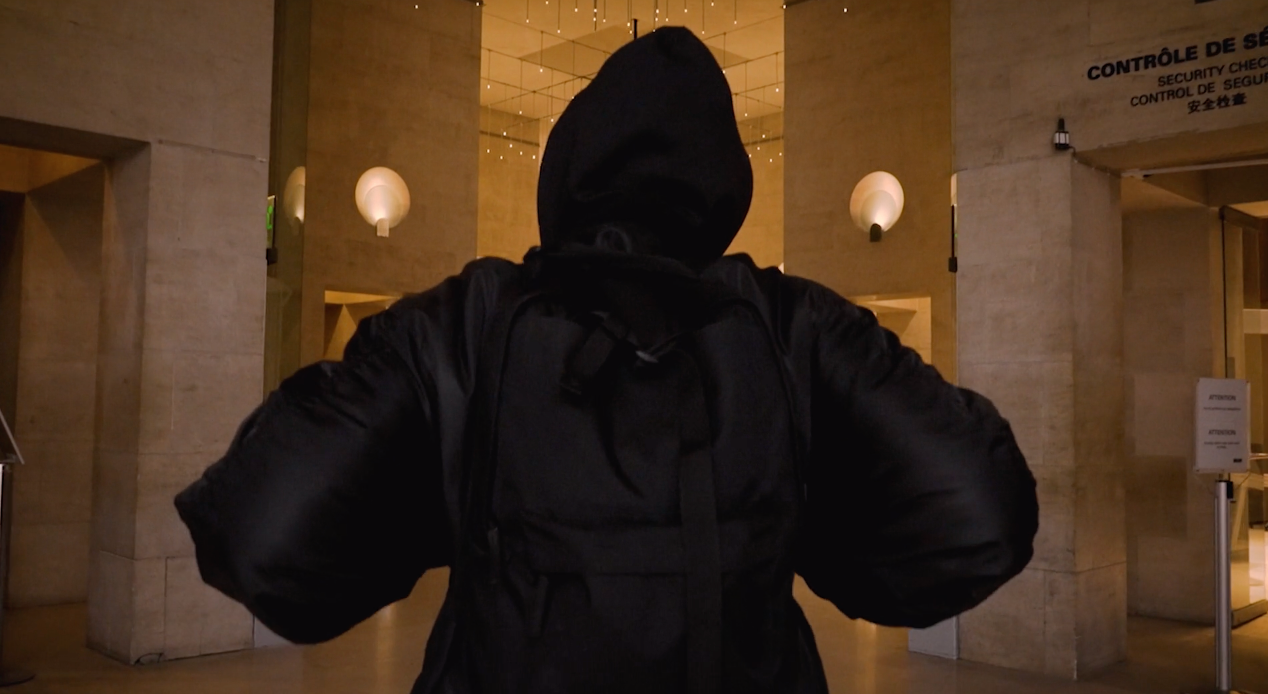
GROTESQUE: They make beautiful things about ugly people (2023) follows the wanderings of a life-size, anthropomorphic object in the Louvre Museum’s collection of Egyptian antiquities. Marginalized by her misshapen appearance, the object—a distorted, mask-like terracotta figurine from the Roman period—attracts the gaze of other visitors. A group of the friends parading around the museum encounter the sculpture, until they find themselves moved, in front of the glass panes of a collection hall where they realize their ancestors are none other than the grotesque figurines. The artist empowers this unsung sculptural object to contemplate its own deliberate erasure at the margins of a dominant canon, questioning and satirizing the grotesque as a representation of that which is “ugly” in the classical European collection foundational to the Louvre Museum. Reflecting on her personal experience, Oyiri describes feeling “half-triggered” and “half-blown away” when encountering the extensive halls of the Louvre’s collection. Sometimes humorously across different historical and autobiographical positions, her filmic works juxtapose the outcomes of this affect, and codify how warfare (of all scales), too, is itself a visual practice.
Each of the films within Oyiri’s OBLIMEMBER hold a vivid, corporeal tension between the edge of remembrance and the dissonant eroticism of oblivion. Responding to the persistence of colonial alienation, loss, and displacement, artist Martine Syms introduces the feeling of “ontological indigestion” in her short story “Solitude,” an artist commission for Triple Canopy’s 2015 issue The Long Tomorrow. The essay centers on the character Junie who looks back at the history of the community of Altadena, California from the perspective of an apocalyptic future. Junie’s looking back looks forward in her active pursuit of assembling a piecemeal archive of the community of Altadena. “There are gaps,” Syms writes, “[and] the absences look like her. [...] She doesn’t want to be forgotten and she doesn’t want to forget.” (4) This indigestion Syms proposes—although emerging silently and inconsistently—expands on the gut-wrenching, seemingly interminable feeling of distress that manifests metaphysically within cultural behaviors and personal histories.
La lengua es la memoria del especie, el có-digo po-éti- co de una relación:
el deseo e’justicia, el juguito e’la unión, yuxta posición (5)
What are the contradictory stakes and illusions, then, inside of a collective memory? Artist and poet Cecilia Vicuña locates the tongue as the site for memory—a poetic (intraspecies) code for relation between desire, justice, unity, juxtaposition. The tongue as a critical point of understanding to mitigate or give into illegibility through gesture, legacy, attitude, song, dance, silence. An ever-present object of movement that makes something of language and image. Oyiri asks us to step into renewed histories negotiated by the present, allowing a future consciousness to emerge intimately outside of the fractures and extremes of a colonial gaze.
BIO
Christelle Oyiri is an interdisciplinary artist and filmmaker who is also known as DJ and music producer CRYSTALMESS. Her work has been featured in several institutions, in France and abroad, such as Gladstone Gallery (New York), Lafayette Anticipations (Paris), Haus Der Kunst (Munich), Tramway Glaslow, the Centre Pompidou (Paris), Auto Italia (London), the Los Angeles Nomadic Division, the Musée Espace Arlaud (Lausanne), Ars Electronica (Austria) and HeK (Basel). She has recently completed a residency at Cité Internationale des Arts, in Paris, in partnership with the Art Explora Foundation.
CREDITS & FOOTNOTES
Films: 1) Christelle Oyiri, Collective Amnesia: In memory of Logobi, 2018-22. HD single-channel film, color, sound, 14:42 minutes. Courtesy of the artist. 2) Christelle Oyiri, HYPERFATE, 2022. HD single-channel film, color, sound, 13:13 minutes. Courtesy of the artist. 3) Christelle Oyiri, GROTESQUE: They make beautiful things about ugly people, 2023. HD single-channel film, color, sound, 3:48 minutes. Courtesy of the artist.
Footnotes: (1) The [title] of a class / performance by Jonathan Gonzalez, Michael Mahalchick, Lily Bo Shapiro, and Social Health Performance Club (Ivy Castellanos, Ayana Evans, Zachary Fabri, Maria Hupfield, Geraldo Mercado) at 505 Waverly Ave, NY 11238 on June 11, 2016. (2) Sable Elyse Smith, “Intro/Outro” in D U E T S, ed. Sable Elyse Smith (New York: Swiss Institute Annual Architecture and Design Series, 2022), 3. (3) (Latin for “remember that you (have to) die”) memento mori is an artistic or symbolic trope acting as a reminder of the inevitability of death. (4) Martine Syms, “Solitude” in The Long Tomorrow Issue, Triple Canopy, November 24, 2015. https://canopycanopycanopy.com/contents/solitude (5) Cecilia Vicuña, “fábulas del comienzo e restos del origen” in I Tu (Buenos Aires, Argentina: tse tse, 2004), 32. English translation by Angelique Rosales Salgado: The tongue is the memory of the species, the po-etic co-de of a relationship: of desire and justice, the essence and union juxta position
Video Viewing Room was initiated with the support of the NYC COVID-19 Response and Impact Fund in The New York Community Trust; annual grants from Lambent Foundation Fund of Tides Foundation and Howard Gilman Foundation; and in part by public funds from New York City Department of Cultural Affairs in partnership with the City Council and New York State Council on the Arts with the support of Governor Andrew Cuomo and the New York State Legislature.
